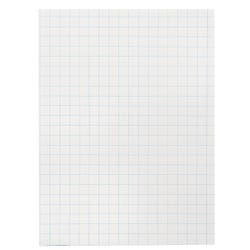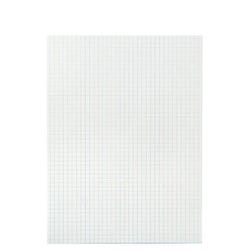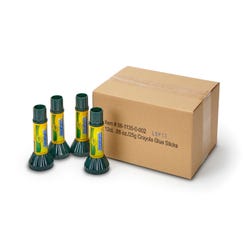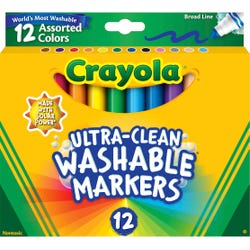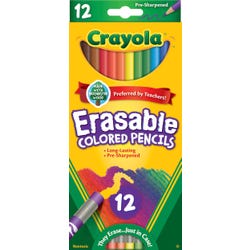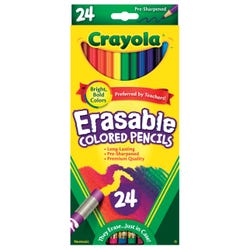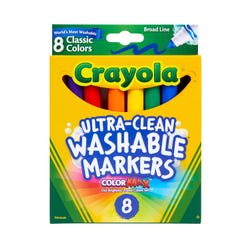Dot Screens of Roy Lichtenstein
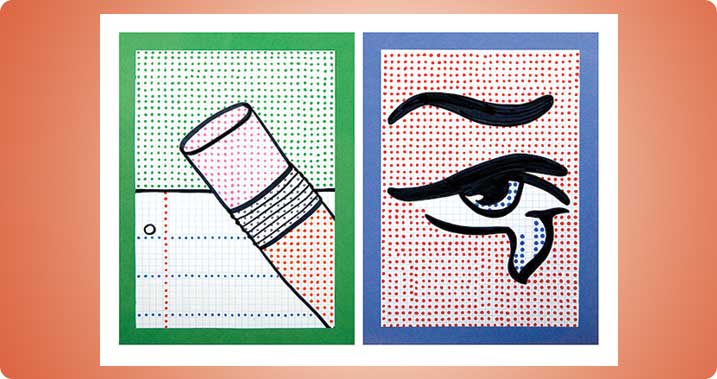
Description
Students create graphic artwork like FAPE artist, Roy Lichtenstein, using math and visual arts skills.
Supplies Needed
Construction Paper
Erasable Colored Pencils
Glue Sticks
Graph Paper
Washable Markers
Standards
LA: Engage effectively in a range of collaborative discussions (one-on-one, in groups, and teacher-led) with diverse partners on grade level topics and texts, building on others' ideas and expressing their own clearly.
MATH: Graph points on the coordinate plane to solve real-world and mathematical problems.
MATH: Solve real-world and mathematical problems involving area, surface area, and volume.
MATH: Draw, construct and describe geometrical figures and describe the relationships between them.
VA: Demonstrate openness in trying new ideas, methods and directions in making art and design.
VA: Demonstrate persistence in developing an artwork over time.
VA: Analyze components in visual imagery that convey messages.
Instructions
1
FAPE is the leading non-profit organization dedicated to providing permanent works of American art for U.S. embassies worldwide. American Pop Artist Roy Lichtenstein, known for his comic strip style using rows of dots, was the first print commissioned directly by FAPE. His print, Composition III, is part of the Lee Kimche McGrath Original Print Collection.
2
Lichtenstein's use of dots is similar to pointillism. He placed small colored dots close together, overlapping or widely spaced to achieve different effects.
3
Share some of Roy Lichtenstein's artwork with the class. Ask students to make observations and write down the distinctive characteristics of Roy Lichtenstein's style.
4
Students can either replicate a Roy Lichtenstein artwork or create an original graphic design. The examples shown are of a common item, a pencil, and an iconic feature in Roy Lichtenstein's artwork, a close-up of a comic-style eye.
5
Using regular graphing paper, students, plan out their drawing using Crayola® Erasable Colored Pencils to count and measure their design and color placement.
6
When complete, students erase their markings and color in their dots with Washable Markers. Students use bold black lines, a distinctive feature in Lichtenstein's work, to outline the objects in the artwork.
7
Using a glue stick, students mount their pictures onto a piece of construction paper in a complementary color.
8
Display students work of art around the classroom, on a bulletin board or in the hallway.
Adaptations
To go along with the comic-style artwork, students write and create an original comic strip.
Another twist is to have students trade their artwork with other students and develop a story or comic strip to reflect what they see in their classmate's artwork.
Hand out pictures of landscapes, portraits, or anything "non-graphic" to students. Challenge students to transform the pictures to a graphic style using dots and lines like a Roy Lichtenstein composition.



